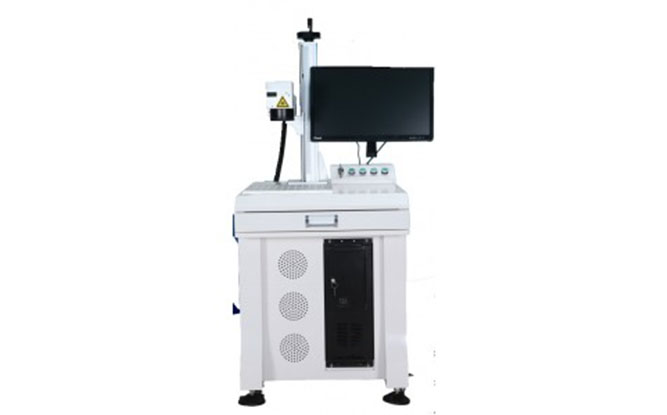LASER stands for ‘Light Amplification by the Stimulated Emission of Radiation’. It is implemented in several industries like spinal-implant, automotive, industrial & tooling, electronics, medical, military & defence, etc. It is also useful for welding, measuring, drilling and sensing.
There are many types of laser machines like a laser marking, laser engraving, laser etching, fiber laser cutting machine. There is a difference between each laser service which is mainly due to the marking surface and how deep a laser penetrates and the way it changes the overall appearance.
Laser has an ability to cut material as well and hence is useful in several manufacturing industries. To use it for the purpose of cutting, it is necessary to use a high power laser usually through optics and make use of technology like laser optics and CNC to focus it on the material.

Laser Marking Machine:
The purpose of laser marking is to allow the bean to interact with the surface of a material and alter its properties to some extent. A fiber laser marking machine implements a method of discolouration to create a high-contrast mark without disrupting the material. A laser works to heat the material that results in oxidation under the surface. This process does not affect the surface. This process is also referred to as laser colouration or laser dark marking. The Laser marking can be of many types like annealing, carbon migration, foaming and colouration. It is popular in several industries like stainless steel, titanium parts, etc. This process is mainly useful for bar codes, UID codes, QR codes, logos and several other identification requirements.
Fiber Laser Cutting Machine
The laser beam is generated by stimulating a lasing material using an electrical discharge or lamps within a closed container in the fiber laser cutting machine. Once the lasing material is stimulated a beam is reflected internally with the help of a partial mirror. This process continues until sufficient energy is allowed to escape a stream of monochromatic coherent light. In general mirrors or fiber optics are made use of to direct the coherent light to a lens and focus it on the work zone.
It is more advantageous to use laser cutting than mechanical cutting since it involves easier work holding and lesser contamination of the workpiece. Besides this laser is better for precision cutting as well since a laser beam does not wear during this process. Chances of warping the material being cut is also low since the laser systems have a very small heat affected zone. It also has many advantages over plasma cutting and is more precise and uses less energy as well.
Laser engraving
This is the process of physically removing the surface of the material using a laser beam to expose the cavity and reveal an image at eye level. The intense heat created during the engraving process causes the material to vaporize. There are three types of laser engraving like etching, deep laser engraving and laser ablation. The main difference is how much is removed and the difference between the surfaces.
There are several applications for this including engraving serial numbers, logos and several other similar things. Many types of metal, plastic, glass surfaces and leather can be engraved in this method. This method is faster that other traditional methods as well.
Laser Etching:
This is a subset of laser engraving and occurs when the heat from a beam causes the surface of the material to melt. It melts the surface of the material using high heat. Once melted the material expands and causes a raised mark. A laser etcher changes the surface finish of metals and also alters the reflectivity and helps enhance contrast.
Thus, although all these processes make use of laser technology, each process is very different in nature.





